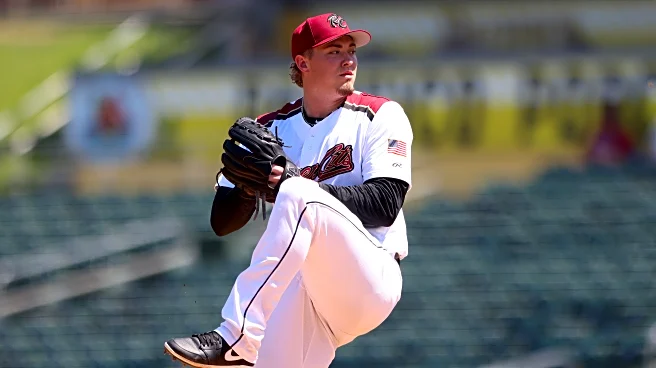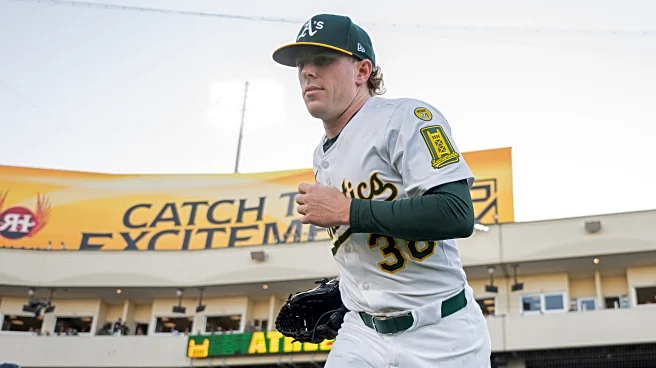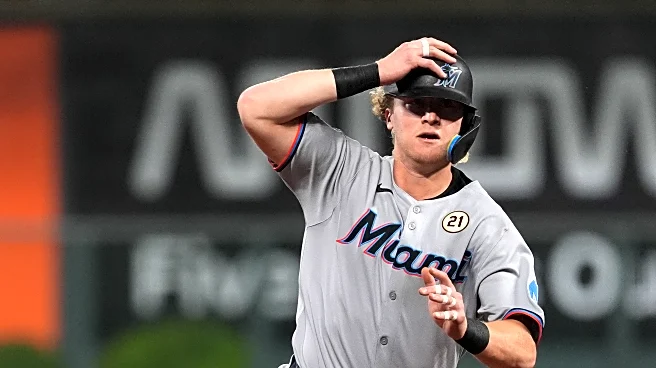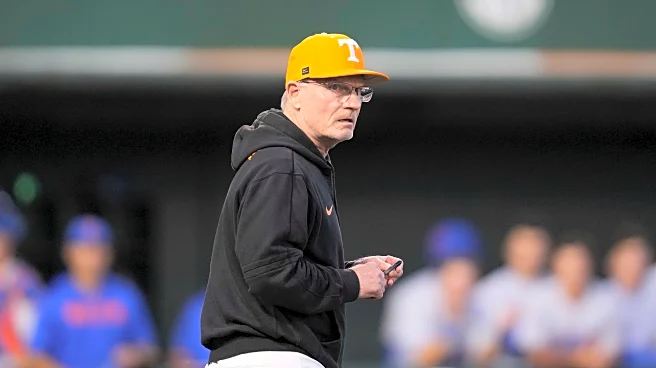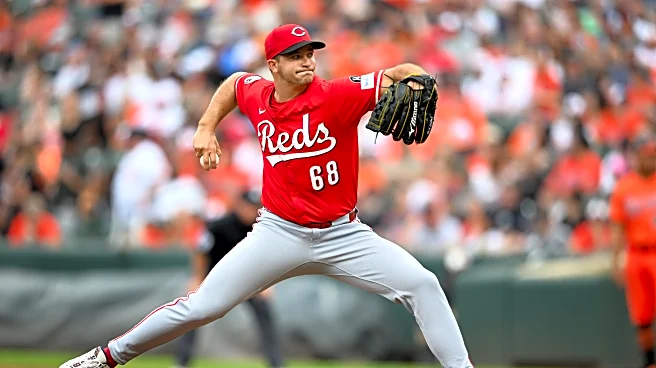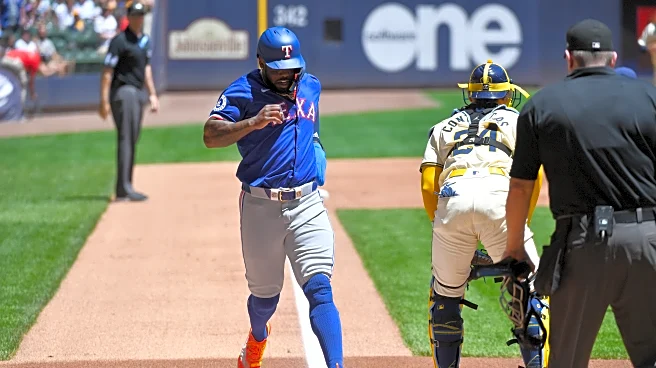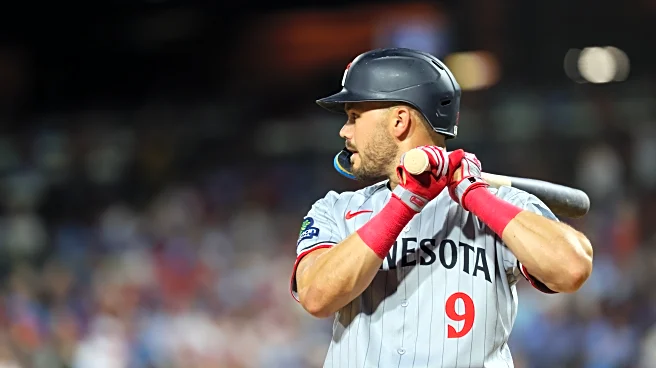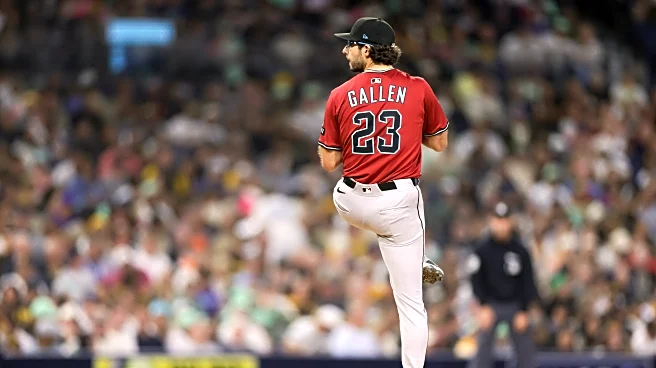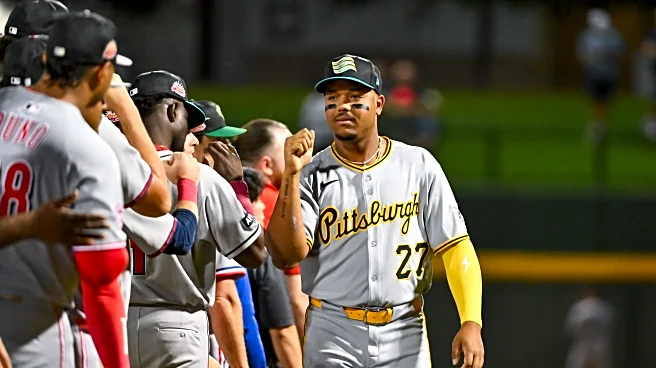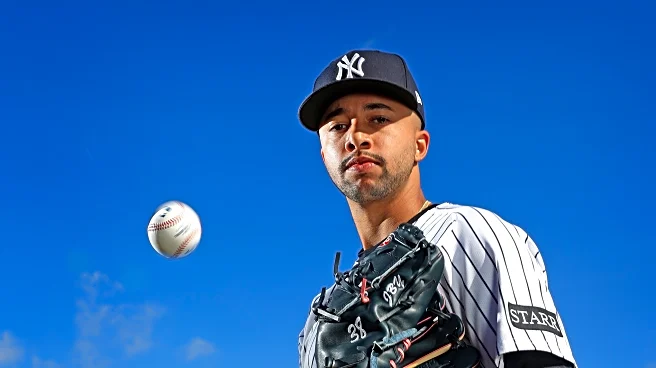Today was the tender deadline for arbitration eligible players. The San Francisco Giants had decisions to make for three players: RHP JT Brubaker, LHP Joey Lucchesi, and catcher Andrew Knizner. Earlier today, Knizner was designated for assignment to make room for OF Joey Wiemer, and at the deadline the Giants non-tendered Lucchesi and held on to Brubaker.
Before we get into the transaction, I owe the readers an apology. Back in October, I looked at the five players MLB Trade Rumors listed as being
arbitration eligible: the three above plus Ryan Walker and Patrick Bailey. It turns out, the latter two were not eligible because they just barely missed the Super-2 cutoff (by four days).
The arbitration system works, broadly, like this: teams have six years of control of a player once they are added to a 40-man roster, with three years at the minimum salary and three years of salary arbitration. However, “The top 22% of players by service time with at least two years but less than three are eligible for arbitration as long as they had at least 86 days of service this year. They join the group of three-to-six-year players.” The cutoff date fluctuates year to year. Last season, it was 2 years, 132 days. This year, it was 2 years, 140 days. Both Walker and Bailey were at 2 years, 136 days. So, they’ll both have their first season of arbitration next offseason.
I am really sorry for providing wrong information. I did not factor in the cutoff when I looked at MLB Trade Rumor’s list!
Anyway, I also got it wrong with my predictions, figuring the Giants would non-tender Knizner and Brubaker while keeping Joey Lucchesi. My reasoning was pretty flimsy and, quite frankly, ignorant, making an assumption that Buster Posey & co. care more about veteran savvy than numbers, even though they haven’t really established a track record of that view. So, egg on my face, crow in my mouth, and whoops, I slipped on a banana peel, too.
At the end of the day, the Giants made the right call in letting go of Lucchesi. In my October post — buttressed by this surprisingly fawning player review — I predicted they would keep him, but offered this caveat if they didn’t: “The main reason why the Giants wouldn’t [tender Lucchesi a contract], though, is Matt Gage, who definitely had a better season.” I saw Lucchesi and Gage as battling it out for the role of second lefty in the bullpen, with Erik Miller the presumptive main lefty. A couple of months after writing that, though, I’m not sure if I even arrived at the correct conclusion. Both are 32-year old lefties with sub-average velocity. In fact, Statcast puts their fastballs at the exact same average: 92.6 mph (26th percentile). Their other Statcast comps:
That’s close enough that it’s effectively a coin toss — though, I find it interesting that the Oracle Park effect might’ve helped Gage a bit more (that FIP comp is really something). There was a lot of Spring Training press about Lucchesi and I just figured that the Giants liked the story. Gage has a fun story, too, in that he’s a former Giants farmhand. They’re both out of options, too. At the end of the day, though, this just comes down to cost. Gage is set to earn the major league minimum while Lucchesi carried a $2 million projection.
Now, Brubaker’s a story that I also need to apologize for because his presence and stickiness should not be a surprise. I’m sure many sharp fans have already surmised that the hiring of former Pirates scout Hadi Raad late last year would open the door for some career Pirates to land on the Giants. I had forgotten about that hire and it wasn’t until the latest Kerry Crowley-Roger Munter KROG podcast that I was reminded of it. You tell me how wrong I was here:
He does not have velocity. His fastball (four-seam or two-seam) is right around 93/94 mph. It’s his breaking stuff that keeps teams interested. Both his slider and curveball feature above average spin rates (2,600+ and 2,800+, respectively). He gets a lot of chase and a lot of swing and miss. Still, a 32-year old right-handed reliever is one of the most fungible players on a major league roster. Even with a wide open bullpen for 2026, a skinflint org like the Giants might not have a tough choice walking away from this case,
He’s projected to receive $2.1 million through arbitration, so, figure that the Giants reallocated the Joey Lucchesi money to retain Brubaker while keeping a version of Lucchesi on the roster (Gage) for the time being. As a back of the bullpen, experienced arm now two years removed from Tommy John, that’s a good price. The Giants bullpen still isn’t particularly good or deep, of course, but it’s plausible that JT will be the first of many Brubaker-types this offseason.
Let’s use Cot’s MLB Contract’s $2 million projection for Brubaker in 2026 (exact terms unknown as of publication). That puts the Giants’ payroll at $148.836 million. At the risk of being wrong again, earlier in the month, I assessed the Giants’ payroll situation and came to the conclusion that this will be a surprisingly limited offseason in terms of free agent spending just based on the historical range of the baseball budget, as estimated by publicly known expenses. It’s $148.836 million in major league roster contracts right now plus $18 million in health care costs, $1.667 million set aside to contribute to the pre-arbitration bonus pool, plus $1.875 million of Jorge Soler’s contract. The health care, bonus pool contribution, and Soler payment do get factored into the CBT figure, which currently stands at $182.067 million — about $61 million below the first tax level.
But, the Giants also have baseball costs that don’t count towards the tax yet do hit their budget: Blake Snell is owed $17 million and Mark Melancon $1 million on January 15th as signing bonuses from previous deals. Bob Melvin’s $4 million contract and Tony Vitello’s $3.5 million buyout of his Tennessee deal also impact the team’s baseball budget for 2026. Factor those expenses in and they’ve committed $195.878 million before you get into other costs like the amateur draft ($8-$12 million) and international bonus pools ($5.4 million), minor leagues, scouts, etc. They seem to sit in the range of $250 million for total annual spend on baseball matters.
The Giants could’ve non-tendered all three and it wouldn’t have changed their situation or even the perception of the offseason. As a depth move, Brubaker is solid. Wiemer fits their outfield need. The Giants have been in this situation before and with personnel far less (seemingly) adept at building a roster from the bottom up. That was back in the 2016-2017 offseason, when current advisor then-GM Bobby Evans ran the team. Mark Melancon was his sole big move. That alone didn’t sink the Giants in 2017 (and 2018), it was the surrounding ones:
Mark Melancon (CL), 4 years/$62 million
Nick Hundley (C), 1 year/$2 million
Gordon Beckham (IF), MiLB/$2 million in majors
David Hernandez (RHP), MiLB/$1 million in majors
Aaron Hill (3B), MiLB/$0.75 million in majors
If this is setting up to be a similar offseason, then Buster Posey and Zack Minasian have to nail the smaller major league moves surrounding the bigger one. Catching a starter-turned-reliever fully recovered from Tommy John as he’s cementing himself as a reliable swing-and-miss arm is a good start.



